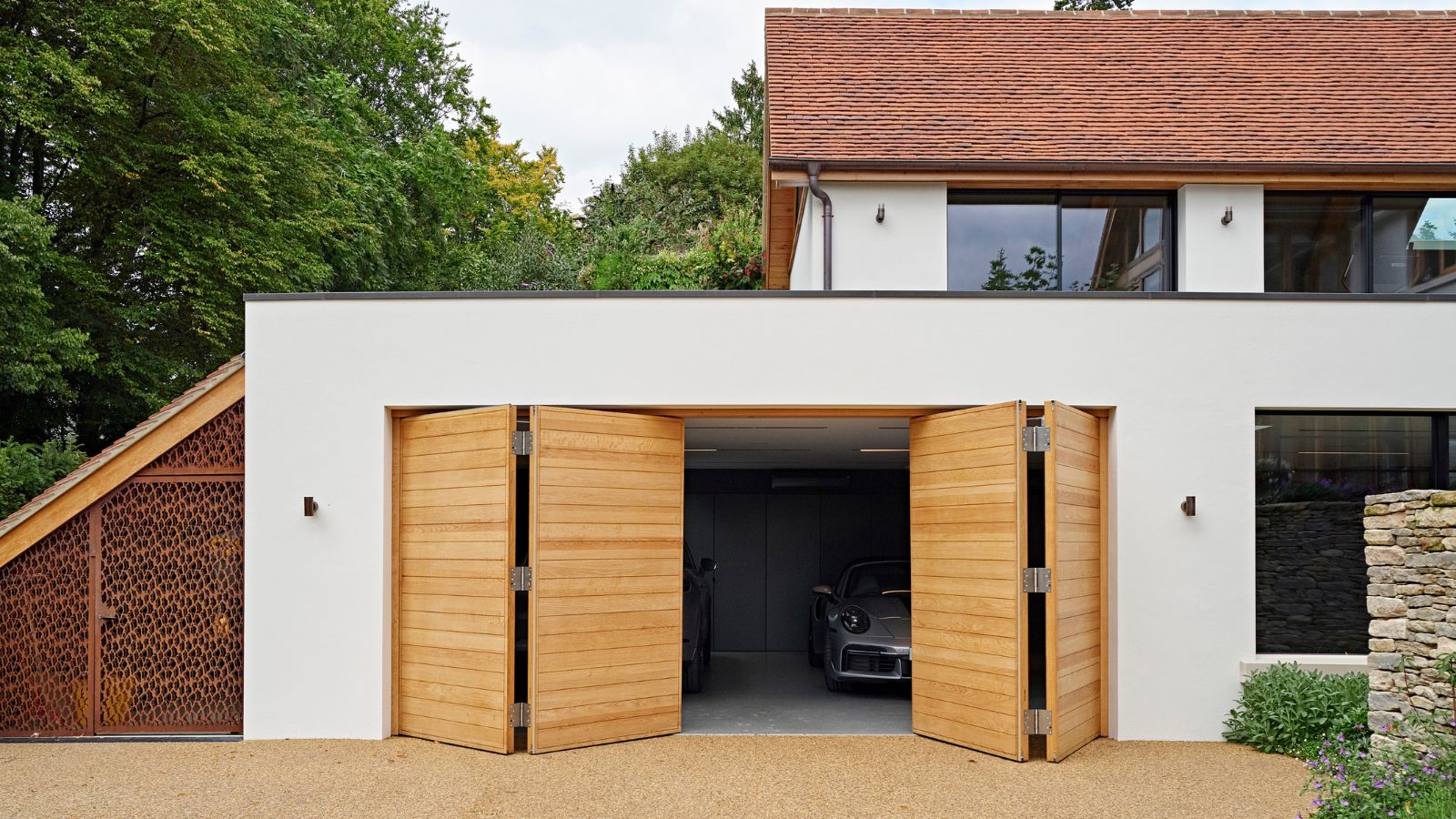Renovation Mortgage: Do You Need One?
Not sure if you need a renovation mortgage? Unless you are lucky enough to have enough money saved up to fund your entire renovation project, you will need to borrow money in order to fund it
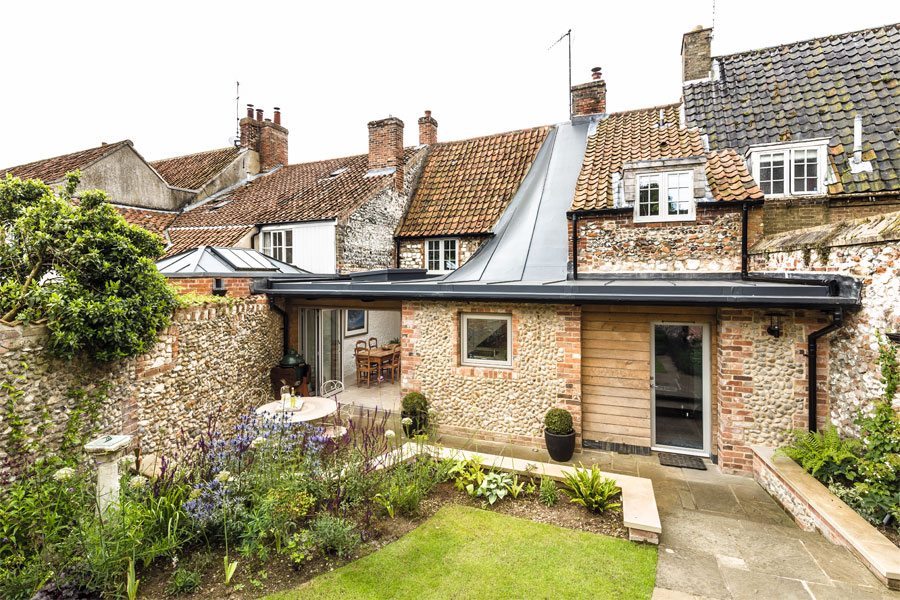
A renovation project has the potential to be an expensive experience, with old houses throwing up all sorts of surprises — not all of them welcome. Even those entering their house renovation with some sizable savings, for most people it is necessary to look at a renovation mortgage at some stage in the project.
Renovators looking at their lending options will find these vary on personal circumstances and the type of project they are carrying out — but a renovation mortgage is definitely worth investigating.
The majority of high street lenders will only offer a mortgage on a property that is already classed as habitable — eliminating many renovation projects. You will probably have to approach a lender specialising in renovation mortgages if you want to finance a property that is:
- derelict
- in need of conversion
- otherwise not considered habitable (no working kitchen or bathroom)
Extensions to a habitable property are usually easier to fund, but they will involve borrowers going through substantial checks to ensure that they and the work required to get them up to standard presents no risk to the lender.
(MORE: Complete Guide to Renovating a House)
Is a Renovation Mortgage Necessary?
Get two free tickets to the Homebuilding & Renovating Show
If the property you want to buy is run-down but still habitable, most lenders will offer 80-95% of its value as it stands. They may withhold some funds, known as a retention, pending the completion of essential repairs. The property will be surveyed and the surveyor will indicate any work necessary.
The property may have to be re-inspected before the balance of funds is released, and there will be a fee for this. Typical works include:
- damp-proofing
- roof repair
- rewiring
- repairs to central heating
Until the retention monies are released, repair works have to be funded by other means, such as credit cards or personal loans.
Non-habitable Properties and Renovation Mortgages
For conversions and other non-habitable properties, you are likely to find the range of lenders willing to help you more limited. It is a good idea to approach those lenders offering self build mortgages in the first instance.
Those that will finance large-scale renovations or conversions will usually advance from 66-90% of the value of a property in its current condition, with further funds available in stages as the property is restored.
The release of further funds will be triggered either by a re-inspection by the lender’s valuer or an interim inspection certificate from a professional, such as an architect or surveyor.
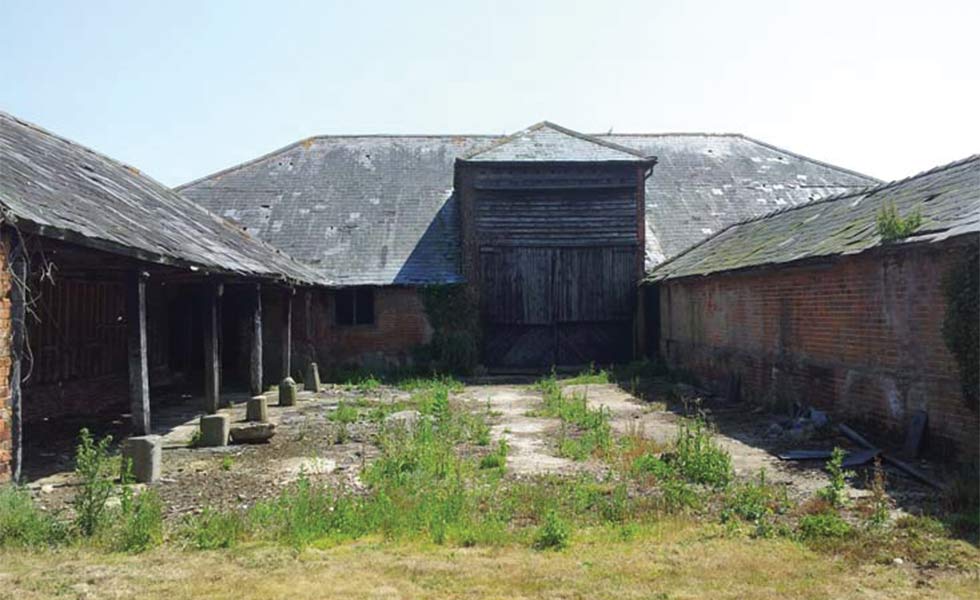
The cost of design and other professional fees and starting renovation work, and keeping work progressing in between the release of stage payments, will need to be funded through your own savings, loans, and credit from suppliers. The sum required to provide cash flow can be reduced by taking out a specialist insurance policy that allows stage payments to be released in advance.
Some high street banks do offer renovation mortgages, although they may only advance limited funds.
On completion, the renovated property can be re-mortgaged up to 90% of its market value. Re-financing on completion can release funds to repay other forms of borrowing.
Do I Need Renovation Insurance?
Building or renovating a house is often the single biggest investment in your life. Without adequate insurance you risk your entire investment, which could leave you in a desperate situation should anything go wrong.
You existing home insurance policy may not cover any work you take on during a renovation or extension project, so it’s vital to make sure you are properly insured.
Get a quote now to protect your renovation project.
How Much Can I Borrow with a Renovation Mortgage?
Again, this will depend on your circumstances. The amount you can borrow is usually calculated by using a multiple of your income, or joint incomes. Many lenders will also assess your available disposable income after existing commitments and adjust the amount you can borrow accordingly.
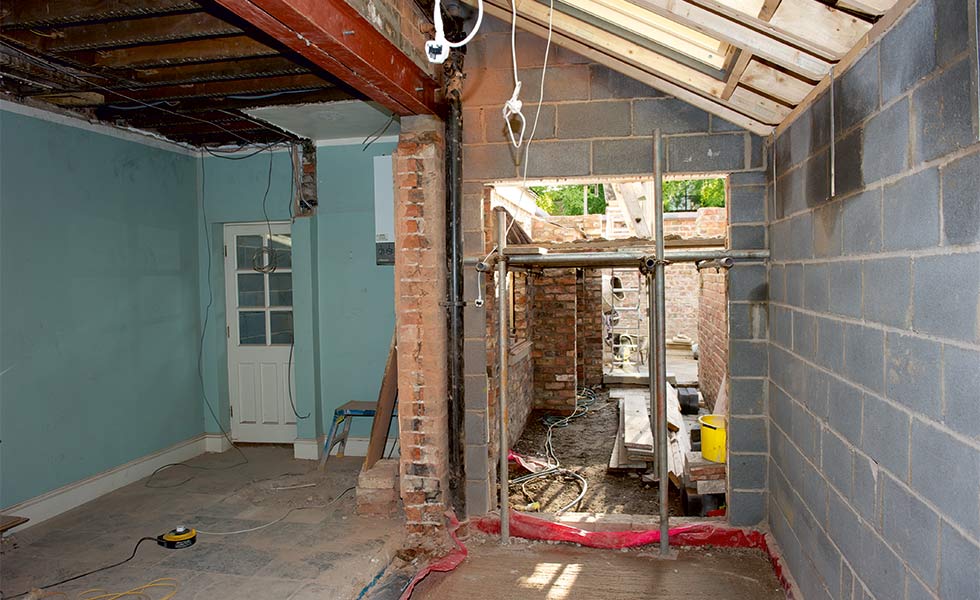
If you are self-employed you may find it more difficult to satisfy lenders. In this case it may be worth approaching a broker to find the right lender.
If you have adverse credit history, find an adviser who can match your needs to a lender who can help. The same applies if the property you are renovating is very unusual. Ecology Building Society specialises in funding projects with green features, or buildings at risk.
Is a Deposit Required for a Renovation Mortgage?
Most renovators will be using a mortgage that advances most but not all of the market value of the property. Therefore you will need to find funds for:
- the remaining balance of the purchase price
- purchase costs
- survey and design fees
- getting the renovation work underway.
In total you will typically need 15-20% of the total budget in cash to get the project off the ground. This deposit can be funded:
- from savings
- from the sale of assets such as your current home
- by borrowing.
Extension Mortgages
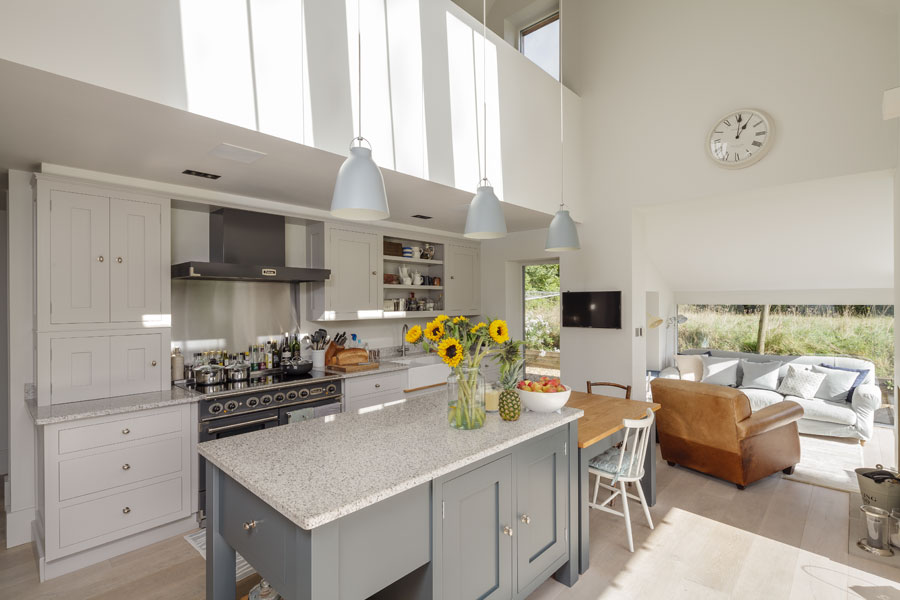
If you already own the property you plan to extend (or, indeed, renovate), you have three main choices:
- Increase your mortgage to release funds. Mortgage funding will usually be the cheapest option, but shop around for the best deal — switching mortgages can save money
- A home improvement loan secured against your home is the next cheapest option. It may be easier to secure than a larger mortgage
- The final option is a straightforward personal loan
(MORE: Beginner’s Guide to Extending Your Home)
Funding a Renovation: The Options
If you own your own home or another property, the most efficient way of borrowing is to re-mortgage. Re-mortgaging is typically cheaper than bridging finance, but you must have sufficient income to prove you can afford additional repayments.
How much you can borrow depends on:
- your principal home’s equity (its current value minus what’s owed on the existing mortgage)
- your credit rating
- how much the proposed improvement may add to the property’s value.
Re-mortgaging may be the opportunity to get a cheaper deal on your existing loan as well as a new one. The downside is the arrangement fee, which can be several thousands of pounds.
Ensure you take into account any charges and penalties for repaying the advance if you reduce the loan or sell the property early.
These can either be secured or unsecured:
- secured loans are used for larger more expensive projects
- unsecured loans are used for smaller projects and repaid over several years, normally at a fixed rate of interest and usually up to £25,000.
For existing homeowners, a secured home improvement loan is effectively a second mortgage, so it involves passing the same stringent checks now made on first-time mortgage applicants regarding:
- regular verifiable income
- a strong credit history
Using the property as collateral, your bank would typically offer repayment over one to 25 years. Many banks offer up to £500,000 at around 3.5% to 5.0% interest, but there is no significant discount for smaller sums repaid over short periods.
If you have sufficient equity in your current home to fund the renovation, including the purchase, you could use a bridging loan (the other option is to re-mortgage):
- This type of loan is easier to arrange than a mortgage or advance, especially for those with a modest income
- Bridging loans ‘bridge’ the funding gap between, say, selling an existing home and completing the project.
Bear in mind:
- Interest is often high (1.5% per month is not uncommon) so a delay extending the loan duration is very costly
- Admin and legal fees can also be high
- Always use a bridging lender regulated by the Financial Conduct Authority.
If you do not own a property and have no savings or other assets, you will have to use personal loans for your deposit. This is a relatively expensive way to borrow, so ensure you choose a mortgage lender that offers the highest possible advance to minimise interest payments.
Personal loans are good for loans up to £25,000 repaid over one to 10 years. The sum and interest payments depend on your personal circumstances, especially your credit score, which you can check at experian.co.uk. Mid-range loans (£7,500 to £15,000 over three to five years) typically have the lowest interest rates.
Some banks will provide borrowing via an extended overdraft facility. This is quite an expensive way to borrow and is usually more expensive than a personal loan.
Credit cards are very expensive unless you repay the total outstanding amount monthly. However, if project costs are modest and you repay in months and not years, a credit card with a 0% interest rate introductory period may work. Cards also offer protection if work or goods are found to be sub-standard.
If you miss a payment your credit rating is hurt and if you take longer than expected to pay you may incur high interest rates if the introductory period passes.
Independent finance service Moneyfacts says that in December 2016 the average 0% introductory deal on purchases lasted 294 days. On balance transfers the 0% lasted no less than 637 days, equivalent to 21 months’ interest-free.
Like a mainstream mortgage, borrowers pay a deposit (20% to 25% of the purchase price) and must meet income criteria. These mortgages also cover renovation work with phased releases of funds when project benchmarks are met:
- ensuring the property is safe
- making it watertight
- installing services
- second fix.
Some renovation mortgage products have an advance stage payment facility, such as the Ideal Home Improvement Mortgage from BuildStore.
This specialist mortgage allows you to borrow stage payments to fund renovation work in advance. Such products can improve your cash flow position, although they can carry a considerable arrangement fee.
You could borrow from total strangers through peer-to-peer lending. Typically this is a fund managed on behalf of private investors that lends on development projects with the aim of attracting more competitive returns for investors than traditional savings and investment products.
The advantages are:
- fixed interest rates for the duration of the loan
- rapidly knowing whether you have secured the funds.
The downsides are:
- you need to ‘pitch’ to potential investors through a peer-to-peer platform
- you will not necessarily secure the most competitive interest rates.
Buying a property at auction requires special financial arrangements. You need to act fast:
- Most auctions are usually announced only 4-6 weeks in advance
- You’ll need to apply in principle and get a valuation on the property before the night
- You’ll need confirmation that the funds are in place before committing on the night.
Consult a broker who can quickly identify the few regular lenders who are set up to proceed a mortgage application ‘before’ having had an offer accepted. Surprisingly few are set up for this.
Some specialist companies offer short term funding for properties going to auction (typically taking into account their uninhabitable state). They are much more expensive than the traditional lenders. Try Auction Finance.
How to Get the Best Renovation Mortgage Deal
1. Arrange funding first
Approach lenders before you start looking for a renovation as arranging finance can take weeks. Having funding such as a renovation mortgage in place, subject to valuation of the property, will mean that you can act quickly when you find the right opportunity.
2. Shop around
Approach several lenders to find the one that offers the best deal. This will be:
- the lender that accepts your income status and offers generous multiples
- the lender that will advance the highest percentage of the market value of the property as it stands.
Take into account arrangement fees, the interest rate compared to the rest of the market and early repayment penalties.
3. Keep your own funds available
Take out as much funding as is available to purchase the property and keep your own funds for the renovation work. This is more cost-effective than using stage payments which usually incur a revaluation fee and take time to arrange.
4. Use credit facilities
Extend free credit by taking out trade accounts, and arranging payment in arrears. BuildStore customers can apply for a free TradeCard that gives them £15,000 credit for materials.
5. Add a contingency
Always add 15% to budgets as a contingency for over-runs, inflation and unforeseen problems.
Get the Homebuilding & Renovating Newsletter
Bring your dream home to life with expert advice, how to guides and design inspiration. Sign up for our newsletter and get two free tickets to a Homebuilding & Renovating Show near you.
Michael is Homebuilding & Renovating's Director of Content, Vice Chair of the self build industry body, the National Custom and Self Build Association (NaCSBA), presenter of multiple property TV shows and author of Renovating for Profit (Ebury). He also runs an architectural and interior design practice, offering design and project management services. He is one of the country's leading property experts and has undertaken over 30 building projects including two self-builds and the renovation of a Grade-II listed farmhouse.
Michael has presented over 150 property shows for BBC, ITV1, Channel 5, UK TV Style, and Discovery RealTime, including I Own Britain's Best Home; Don't Move Improve; Trading Up; Good Bid, Good Buy; Build, Buy or Restore?; How to Build A House; and Hard Sell.
Michael is also a regular expert at the Homebuilding & Renovating Shows. He has written for leading British newspapers, including The Daily Telegraph, Sunday Times, Daily Express and The Independent and has appeared on news programmes such as BBC Breakfast.

